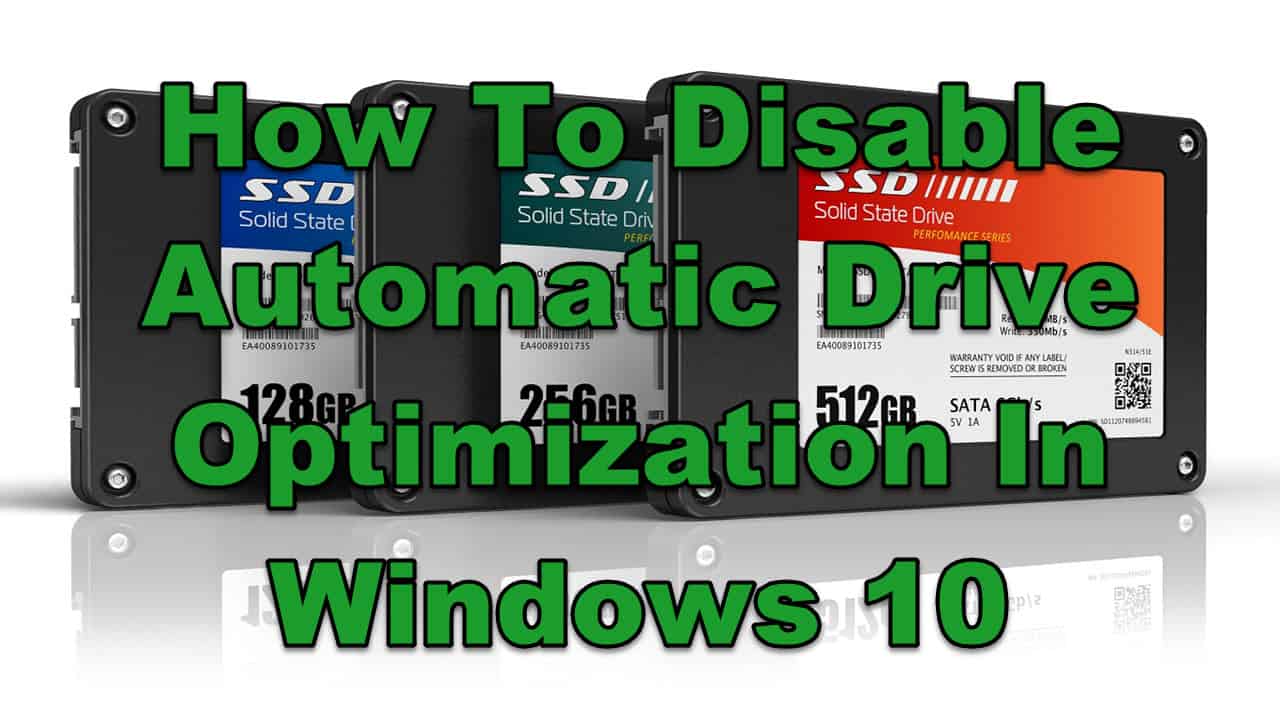


Applications like OneDrive or Google Drive need to run at startup to keep your files synced. That said, disabling some programs can limit their functionality.

To disable a program, select it and click Disable at the far-right bottom section of the page.You may want to disable all applications with a “High” impact. From the Task Manager’s interface, switch to the Startup tab to see a list of startup programs and their impact on your computer’s startup.Alternatively, press Ctrl + Alt + Delete and select Task Manager. Use the Ctrl + Shift + Esc keyboard shortcuts to bring up Task Manager.The good news is that you can quickly access the Startup applications manager in the Task Manager and disable these programs. Often, the programs you install add themselves to the startup process and automatically start every time you boot your PC.

Luckily, the startup application manager shows which programs are slowing down the startup process the most. Your PC’s boot time is affected by the startup programs that are set to run when you turn on your machine. Apart from offering a wonderful experience, this system has plenty of features to optimize SSD, such as the TRIM command.īelow are SSD tweaks to ensure your SSD performs optimally: Method 1: Disable Startup Programs On top of that, if you’re still using Windows 10, we highly suggest upgrading to Windows 11, as it’s one of the most advanced operating systems today. That way, you’ll have quicker boot time and increased system running speed. Make sure to use the SSD as the boot or system disk (the disk containing Windows OS). 8 Useful Methods to Optimize SSD Windows 10/11įirst things first. That said, SSDs are also affected by wear and tear, and it’s usually advisable to back up your data regularly to the cloud for safekeeping. It means you can open and run applications on your PC at lightning speeds. It’s this fast response that makes it more favorable than the traditional HDD. It basically takes under 0.1ms (random access time) for an SSD to read data. Unlike an HDD, which requires track seeking and latency time to read data, an SSD can retrieve and read data directly from any location of the flash memory. That’s why we’ve prepared this guide about Windows 10 SSD optimization to help you get the best out of your SSD. SSDs have been gaining traction due to their fast performance, and Windows comes with built-in features to help these storage devices run at their peak.īut these features aren’t always enabled by default. Modern PCs running Windows 10 and Windows 11 now come with Solid State Drives (SSDs) rather than hard disk drives (HDD).


 0 kommentar(er)
0 kommentar(er)
